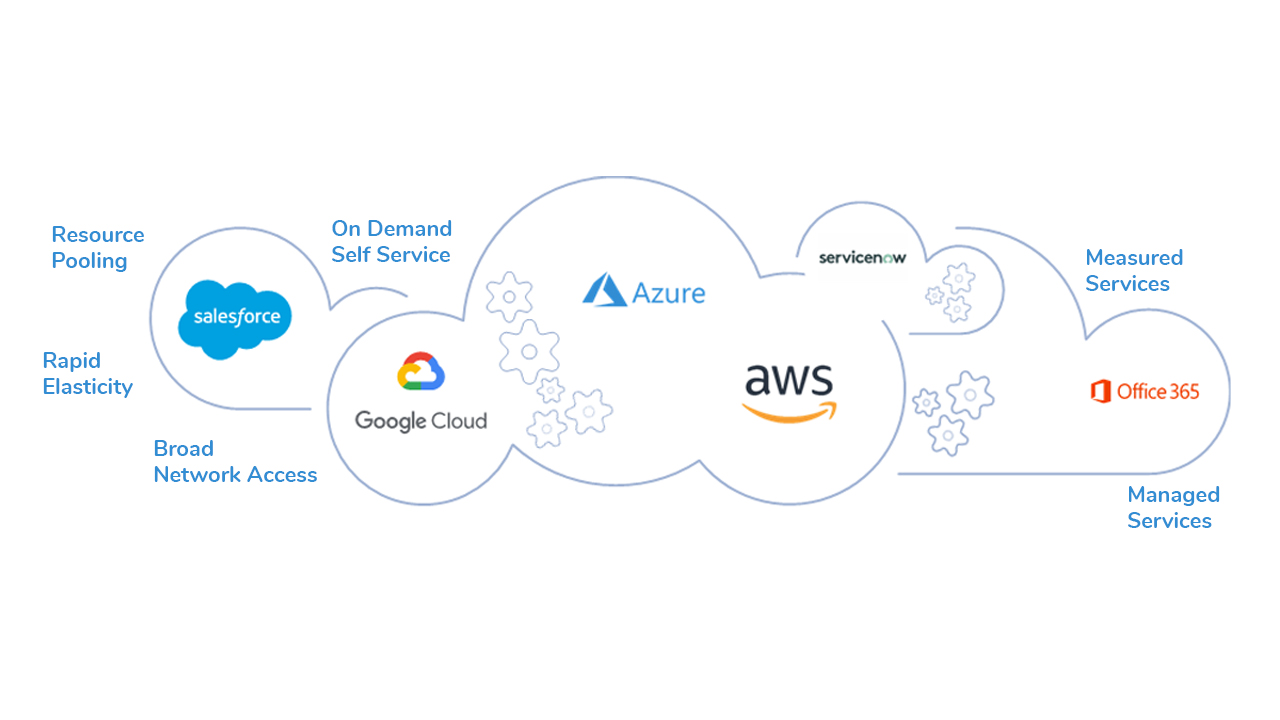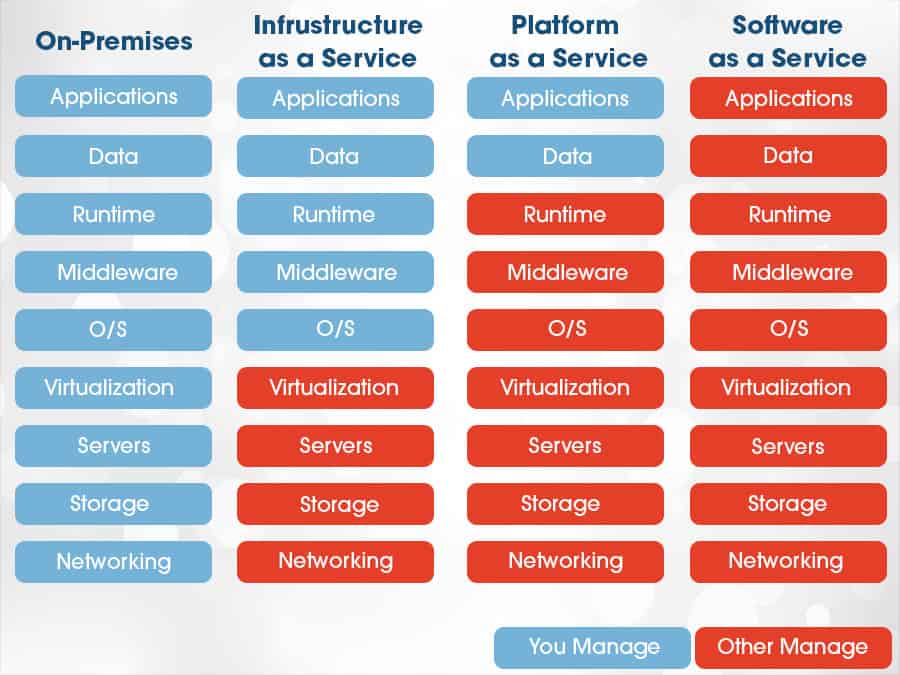Achieve Seamless Scalability With Cloud Services
In the ever-evolving landscape of cloud services, attaining smooth scalability stands as a foundation for modern-day companies seeking to remain affordable and adaptable. The capability to effortlessly increase or get sources in feedback to changing needs is a critical advantage in today's busy electronic environment. By grasping the art of scalable cloud services, companies can not just optimize efficiency and enhance operations yet additionally lead the way for future development and development. The mission for seamless scalability with cloud solutions introduces a globe of opportunities for those ready to embrace the transformative power of dynamic resource management.
Advantages of Cloud Scalability
Cloud scalability uses organizations the adaptability to dynamically readjust sources based on demand, making certain ideal performance and expense efficiency. In addition, cloud scalability advertises advancement and testing by enabling companies to conveniently examine new ideas and scale them as required. Eventually, the benefits of cloud scalability extend beyond expense savings to include better performance, agility, and development.
Key Attributes for Scaling
Effective scaling in cloud services depends on key features that make it possible for companies to adjust resources dynamically based on need. One essential attribute for scaling is elasticity, allowing sources to scale up or down in reaction to varying workloads. This makes certain that companies can satisfy efficiency needs without over-provisioning resources. An additional crucial feature is scalability, allowing systems to take care of increased work by adding resources perfectly. This feature is vital for accommodating development without endangering performance. Additionally, automation plays a vital duty in scaling by automating the provisioning and de-provisioning of resources based on predefined plans. Automation decreases human treatment, boosts performance, and makes sure quick feedback to transforming needs. Tracking and analytics tools are likewise crucial for scaling, supplying insights into resource application, efficiency metrics, and prospective bottlenecks. These tools enable organizations to enhance and make informed choices resource allowance for efficient scaling. In general, these vital functions jointly equip organizations to attain seamless scalability in cloud solutions.
Executing Auto-Scaling Approaches
To properly maximize resource allocation and adapt to varying work, organizations have to purposefully apply auto-scaling strategies in their cloud services framework. Auto-scaling enables systems to instantly adjust the number of calculate sources based on real-time need. There are numerous auto-scaling approaches that companies can use, such as anticipating scaling, which utilizes historical information to anticipate future source needs, and responsive scaling, which reacts to present workload adjustments.

Best Practices for Scalability
For organizations intending to boost their scalability in cloud solutions, applying finest techniques is vital for optimal performance and resource monitoring. One key ideal technique is making applications with a microservices style. This approach breaks down applications into smaller, independent services that can be released, updated, and scaled independently, permitting better flexibility and scalability.
An additional crucial practice is utilizing containerization innovation, such as Docker or Kubernetes. Containers make it possible for the product packaging of applications and their dependencies right into isolated devices, making it much easier to scale elements individually and deploy them continually throughout different environments.
In addition, applying automated implementation and framework as code (IaC) can enhance scalability efforts (linkdaddy cloud services). Automation devices like Terraform or Ansible assistance in provisioning and managing resources effectively, minimizing hands-on mistakes and allowing rapid scalability
Moreover, keeping track of efficiency metrics, establishing notifies, and carrying out regular capacity preparation are vital practices to ensure positive scalability administration. By sticking to these best practices, organizations can accomplish seamless scalability in their cloud services while enhancing efficiency and source usage.
Surveillance Efficiency Metrics
When evaluating the effectiveness of cloud solutions scalability, carefully checking efficiency metrics is crucial for making sure ideal capability and source allowance. By constantly tracking key performance signs (KPIs) such as action times, throughput, latency, and resource usage, companies can obtain useful understandings into the look here health and performance of their cloud facilities. Monitoring performance metrics allows for the very early detection of possible traffic jams or concerns that can impact scalability, enabling positive measures to be required to resolve them before they escalate.

Verdict
To conclude, accomplishing smooth scalability with cloud services is essential for organizations to enhance efficiency, boost technology, and maintain high efficiency degrees during peak times. By leveraging the advantages of cloud scalability, implementing auto-scaling methods, making use of crucial functions such as elasticity and automation, and following best techniques like application style and performance tracking, services can efficiently scale their systems while making best use of resource utilization and efficiency.
The quest for seamless scalability with cloud services unveils a globe of opportunities for those ready to accept the transformative power of dynamic resource monitoring.
Cloud scalability offers organizations the versatility to dynamically change sources based on demand, making certain optimal efficiency and cost effectiveness. One more essential function is scalability, making it possible for systems to handle enhanced workload by including resources flawlessly.For companies intending to boost their scalability in cloud solutions, implementing ideal techniques is crucial for optimal efficiency and source monitoring.When analyzing the efficiency of cloud solutions scalability, very closely checking performance metrics is imperative for ensuring optimum capability and resource allowance.